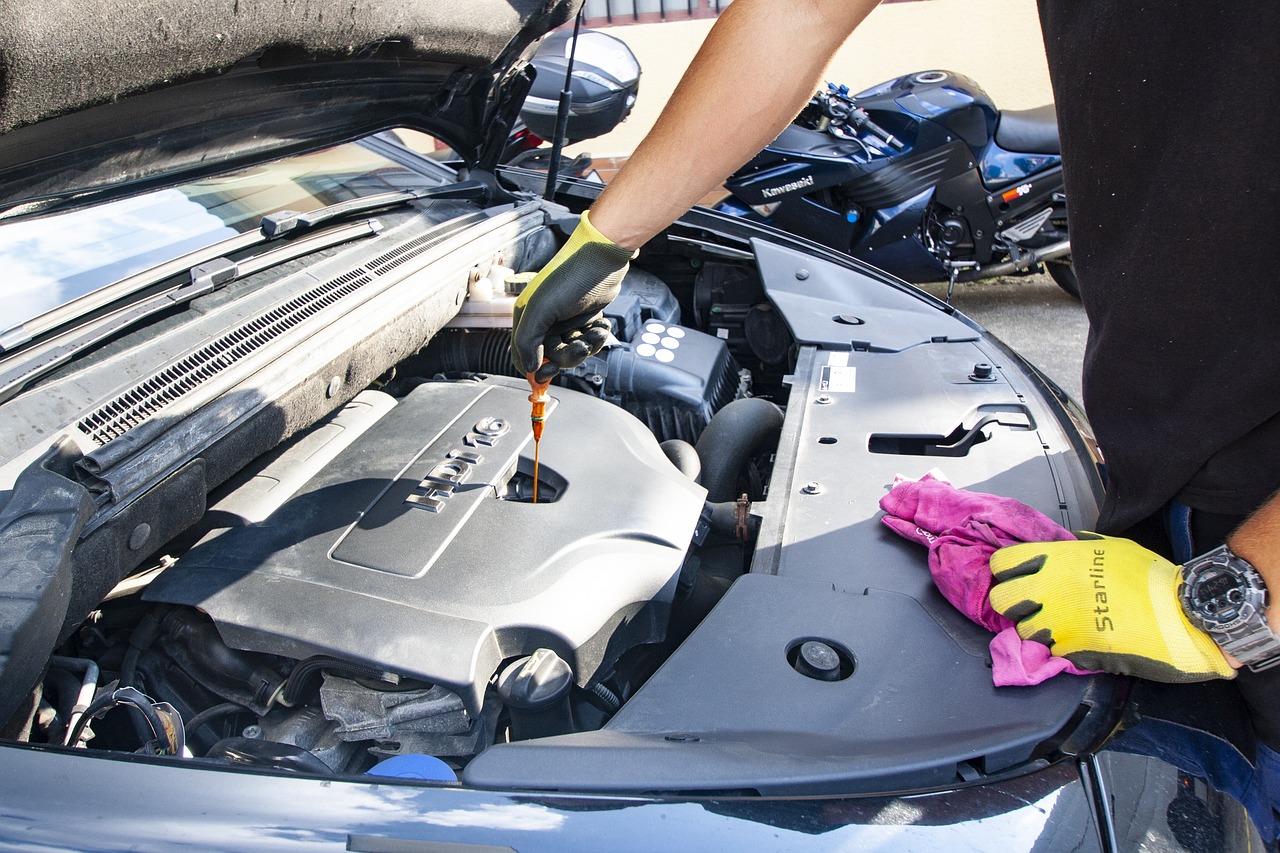Owning an Audi A5 Cabriolet means embracing style, performance, and cutting-edge technology. But like any finely tuned machine, your A5 needs regular diagnostic checks to ensure every system is running smoothly. Whether you’re troubleshooting a warning light or conducting routine maintenance, a full diagnostic check can save you time, money, and headaches down the road. Let’s take a deep dive into the process and make sure you’re doing it right.
Why a Full Diagnostic Check is Essential
Even the most meticulously maintained car can develop hidden issues. Modern Audis are packed with complex electronics, and while that’s great for performance and efficiency, it also means more components can go wrong. A full diagnostic check helps you:
- Detect early-stage problems before they escalate into costly repairs
- Identify sensor malfunctions that can impact fuel efficiency or performance
- Ensure your vehicle meets safety standards, especially if you’re planning a long trip
- Diagnose check-engine lights and warning indicators accurately
Neglecting diagnostics can lead to unexpected breakdowns, and trust me, being stranded with a convertible that won’t start is frustrating beyond words.
What You’ll Need
Before diving into the diagnostic process, it’s crucial to have the right tools. Here’s a checklist of what you’ll need:
- OBD-II Scanner – This tool reads fault codes from your car’s onboard computer. Brands like Autel, Launch, and VCDS (by Ross-Tech) work exceptionally well with Audis.
- Compatible Device – Most OBD-II scanners connect to a smartphone or tablet via Bluetooth or a laptop via USB.
- A Reliable Power Source – Make sure your car battery is in good condition. Low voltage can interfere with accurate readings.
- Time and Patience – Rushing through a diagnostic check can lead to misinterpretations. Take your time for accurate results.
Step-By-Step Guide to Performing a Full Diagnostic Check
Step 1: Connect the OBD-II Scanner
Locate the OBD-II port, typically found underneath the driver’s side dashboard. Plug in your scanner and power on the ignition. Depending on the scanner model, you may need to start the engine as well.
Step 2: Scan for Fault Codes
Use the scanner to initiate a full-system scan. This includes:
- Engine Management (ECU)
- Transmission
- ABS/Braking System
- Airbag (SRS) System
- Climate Control
Once the scan is complete, you’ll see a series of Diagnostic Trouble Codes (DTCs). Some scanners provide brief descriptions of what the codes mean. For a deeper understanding, cross-reference the codes using official Audi service documentation or online databases like OBD-Codes.com.
Step 3: Analyze and Prioritize the Issues
Not all fault codes require immediate action. Some might be temporary or triggered by minor issues, like a loose gas cap. However, persistent or critical errors (e.g., misfires, failing oxygen sensors, or ABS faults) demand prompt attention.
Step 4: Check Live Data and Freeze Frame Information
A good scanner provides more than just codes. It allows you to read real-time engine and sensor data. Reviewing live parameters such as fuel trim, air-fuel mixture, and throttle position can help pinpoint issues before they worsen.
Pro Tip: If your car experienced a sudden issue, look at the Freeze Frame data, which captures sensor readings at the exact moment a fault occurred. This can be invaluable for troubleshooting intermittent problems.
Step 5: Clear Fault Codes (Cautiously)
After diagnosing the issue, your scanner will allow you to clear the codes. Don’t erase them unless you’re certain the problem has been resolved. Clearing active error codes without fixing the root cause could disable warning lights temporarily but won’t eliminate the issue.
Common Diagnostic Issues in an Audi A5 Cabriolet
Some faults crop up more often than others. Based on experience and documented data, here are a few typical trouble points:
- Carbon Buildup in the Intake System: Direct injection engines, like the 2.0L TFSI, are prone to carbon buildup, leading to sluggish performance. A scan may show misfire codes (P0300-P0304).
- Faulty Thermostat or Water Pump: If your scanner picks up an overheating-related code (P2181), it’s often due to coolant system issues.
- DSG Transmission Sensor Faults: If you experience jerky shifts, a scan may reveal DSG module-related errors, sometimes fixable with a software update.
- Oxygen Sensor Failures: Poor fuel economy? A failing O2 sensor (P0130-P0154) could be the culprit.
When to Seek Professional Help
A personal diagnostic check is a fantastic way to stay on top of your vehicle’s health, but some issues require expert hands. If you encounter:
- Multiple serious error codes
- Unknown or manufacturer-specific codes requiring special software
- Electrical gremlins (e.g., flickering lights, power failures)
- Persistent check-engine lights despite troubleshooting
…it might be time to consult a specialist. Audi-certified mechanics have access to advanced factory-level tools (like ODIS) that can perform in-depth module programming and recalibrations.
Final Thoughts
Conducting a full diagnostic check on your Audi A5 Cabriolet doesn’t require dealership-level expertise. It just takes the right tools and a bit of patience. By performing regular scans, you’ll not only catch problems early but also gain a deeper understanding of your vehicle’s inner workings.
If you’re new to diagnostics or just purchased your first OBD-II scanner, let me know in the comments. I’m happy to help with troubleshooting or interpreting codes!






